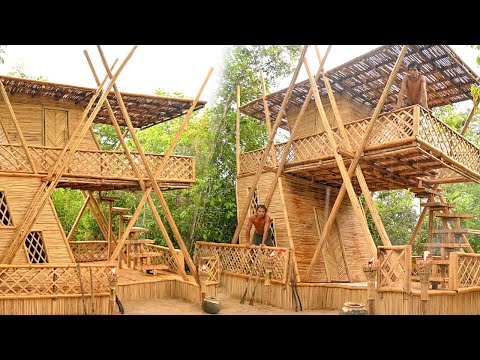Building a SURVIVAL SHELTER in the RAIN – BURIED ALIVE.
Welcome back to another video Dawgies 🔥
In this one I Challenge my self to build a survival shelter in the rain, then spend the night buried alive in the dirt to try n keep my self warm.
FDYS SHOP 🔥 GET YOUR MERCH
https://www.fielddaysshop.com
FIELD DAYS INSTAGRAM
https://www.instagram.com/field__days
HELP US CREATE BETTER VIDEOS
https://www.patreon.com/makyandmatt
MAKY AND MATT — YOUTUBE
https://www.youtube.com/c/makyandmatt
OTIS SUNNIES
https://au.otiseyewear.com/?sca_ref=960423.xXKC3PVqwz
POSTAL ADRESS.
PO Box Plus
Suite 2019
Shop 1, 11 Main Street
Ellenbrook
Western Australia
6069
FAQ
How do you build a wild shelter?
The simplest shelter is a fallen tree under which you have enough room to crawl. Lean the branches against the windward side of the tree (so the wind is blowing in, not against) to form a wall. Make the wall thick enough to keep the wind out.
How to build a round lodge shelter?
The Round Hut Refuge
– First, collect a dozen large and sturdy branches. Fold them all together and pin them in a cone shape at the top. You can then use tarps, hides, branches, bark, mud or moss to build the walls. The stronger the material, the more insulated and protective the walls are.
How do you build a long term shelter in the woods?
Start by building a rectangular frame out of logs. Fill the frame with debris such as dry leaves or pine branches. Rubble provides insulation that prevents the floor from conducting heat away from the body. This is extremely important as most of the body heat is lost through transfer to the ground.
How do you build an island shelter?
Create a shelter.
– Find a long, strong stick or branch.
– Lean this log against a tree.
– Place smaller branches or sticks on top of the main branch.
– Cover these sticks with branches and leaves to create the walls of your shelter.
What is the warmest survival shelter?
Busy, it was often close to 40 degrees. On our coldest night, at 9F outside, it was 37F inside the igloo. Bottom line: Overall, igloos are the warmest and most durable winter shelters we’ve tested.







